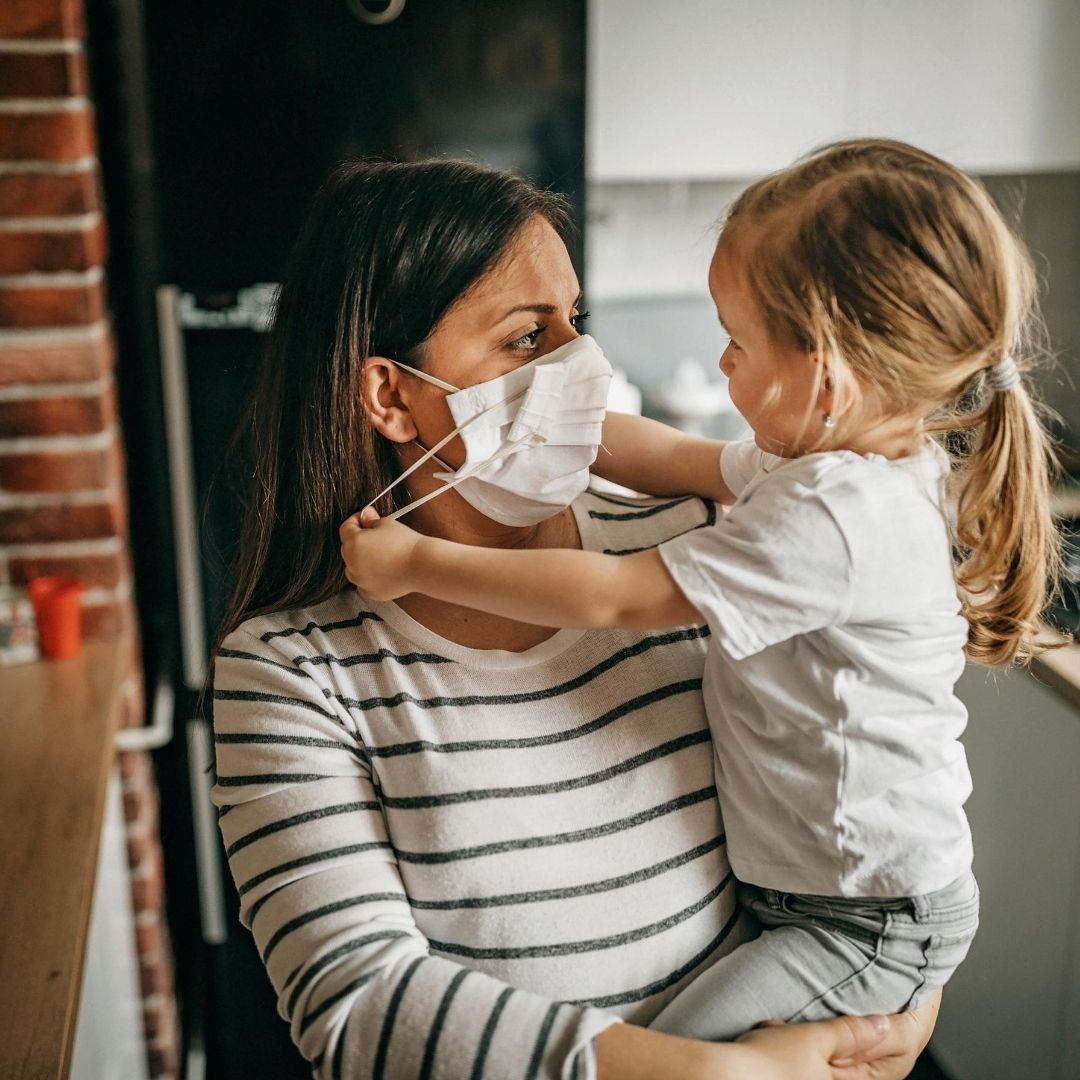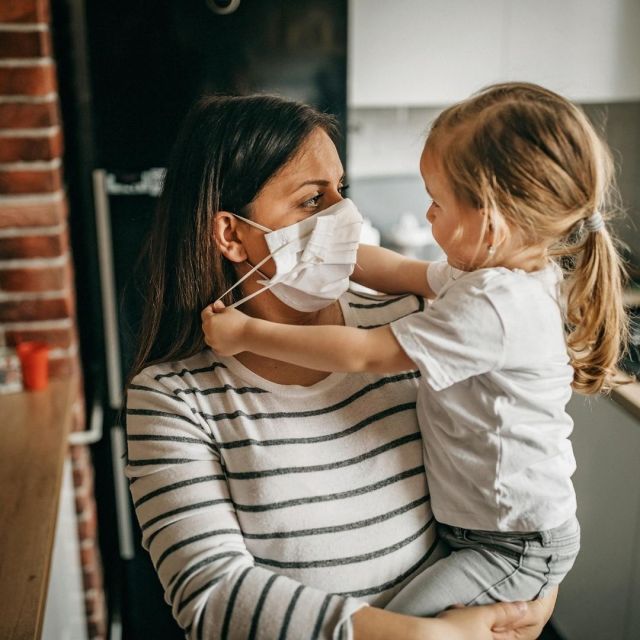
As stay-at-home orders are lifted, many working parents are returning to their jobs, and many child care programs are reopening. Here are 5 tips to help families with young children transition back to their child care routines.
1. Pay your bill. Parents, you were probably asked to pay at least a portion of your fees while your child care program was closed. While it may seem unfair to pay for care while your child is home with you, charging fees to reserve a child’s space is standard practice for child care centers, and it is essential for keeping programs running. The center’s expenses continue even when children are not present. Facility costs like mortgage or rent payments must still be met. Most importantly, staff must be paid. Retaining skilled and experienced teachers and caregivers is one of the biggest challenges in the field of early childhood care and education. Paying your child care fees while your center is closed will help ensure that the staff will be there to welcome your child when they return.
If your family is not yet ready to return to child care and you have an opportunity to pay to hold your spot, do it. The current economic crisis means many child care centers are closing permanently, and it will likely only get harder for families to access early childhood care and education in the future. Do what you can now to retain your family’s relationship with a quality child care program. If your financial situation makes it difficult to pay your fees, contact the director of the program and explain your situation. They may be able to refer you to assistance programs in your community.
2. Practice wearing masks at home. Child care centers are now adapting their health and safety practices to provide as much protection as possible against the spread of COVID-19. In most centers, the staff and parents will be required to wear masks, at least during drop-off and pickup. In some centers, children over the age of two will also be required to wear masks. Seeing people in masks and wearing a mask may be difficult for many young children. You can help your child adjust to this new normal by practicing wearing masks at home.
First, offer your child a simple explanation for why people wear masks. For example, “A mask is something people wear that covers their nose and mouth. Wearing a mask helps keep people from getting sick.” Let your child touch and hold your mask before you put it on. Children learn through play, so include masks in silly “peek-a-boo” games or in pretend play. Make little paper masks for your child’s stuffed animals or dolls. Allow your child to pick out or decorate their own masks and let them practice putting them on and taking them off all by themselves.
3. Prep extra supplies. Most child care centers will now have stricter rules for keeping children’s supplies clean. This means that parents can anticipate the need to bring more items from home to the center each day, as well as the need to bring those items home and wash them more frequently. Check with your child care center to find out what new guidelines are in place, but keep in mind that you will likely need to prep individual meals and snacks, to provide more changes of clothing and extra diapers and wipes, and to more frequently swap out and wash blankets and nap items.
4. Contact your legislators. To ensure that quality care and education are available to all young children, make sure your legislators are making child care a top priority. Advocacy organizations like the National Association for the Education of Young Children and Zero to Three provide guidance for reaching out to legislators and speaking up about the importance of investing in child care and other early childhood services. You can also support the Child Care Is Essential Act, a bill that would provide $50 billion in emergency funding to stabilize child care and support programs to reopen safely.
5. Thank your child care teachers and staff. Professionals working in early childhood care and education were already underpaid and overlooked before the COVID-19 pandemic. While some policymakers and leaders are now recognizing the importance of child care services in rebuilding our economy, your child’s teachers and caregivers have not received the recognition and appreciation they deserve. Be sure to take a moment to tell them how much they mean to your family, and thank them every day for their commitment to your child.
Sources
Barnett, Steven, “Now Is the Time to Invest in Preschool Education. Here’s Why,” 2020 CDC, “Guidance for Child Care Centers that Remain Open,” 2020 Center for the Study of Child Care Employment, “Why Do Parents Pay So Much for Child Care When Educators Earn So Little?” 2020 Danley, Lucy, “New Analysis: COVID-19 Crisis Could Lead to Permanent Loss of Nearly 4.5 Million Child Care Slots Nationwide,” 2020 Fields, Samantha, “Do Parents Still Pay When Daycare Is Closed for Weeks, or Months, Because of COVID-19?” 2020 NAEYC, “Be a Proactive Early Learning Advocate,” [n.d.] Whitebook, Marci, and Sakai, Laura, “Turnover Begets Turnover: An Examination of Job and Occupational Instability Among Child Care Center Staff,” 2003 Zero to Three, “Advocacy Action Center: Infants and Toddlers Don’t Have a Voice in the Public Policy Process, but You Do!” [n.d.]
Learn More
- Child Care Relief, “By the Numbers: State-by-State Look at COVID-19 and Child Care,” [n.d.] Gadzikowski, Ann, “The COVID-19 Child Care Crisis: What Parents Need to Know,” 2020
- About the Author: Ann Gadzikowski
- Director of Early Learning at Encyclopædia Britannica and award-winning author of Creating a Beautiful Mess: Ten Essential Play Experiences for a Joyous Childhood.
